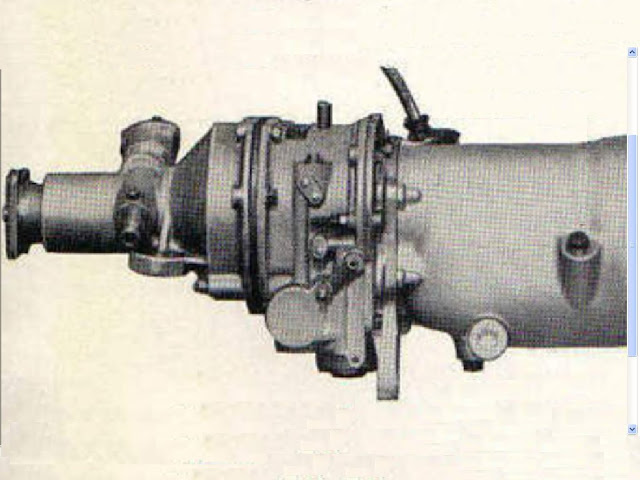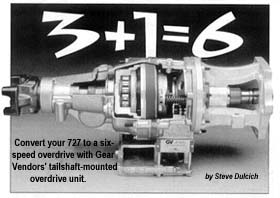

Additionally, the sound of an engine is strongly related to the RPM, so running at lower RPM is generally quieter. Every cycle of the engine leads to wear, so keeping the engine at higher RPM is also unfavorable for engine life. As the engine requires more power to overcome internal friction at higher RPM, this means more fuel is used simply to keep the engine running at this speed. If one is not supplied, the engine is forced to run at a higher RPM than optimal. Clearly this condition calls for a different gear ratio.

In this case the RPM of the engine has changed significantly while the RPM of the wheels has changed very little. Īt even slightly lower speeds than maximum, the total drag on the vehicle is considerably less, and the engine needs to deliver this greatly reduced amount of power. As the tire RPM at maximum speed is not the same as the engine RPM at that power, a transmission is used with a gear ratio to convert one to the other.

The rotational speed of the wheels for that given forward speed is simple to calculate, being the tire circumference multiplied by the RPM. This defines the maximum speed the vehicle is able to reach. Given a curve describing the overall drag on the vehicle, it is simple to find the speed at which the total drag forces are the same as the maximum power of the engine. This is known as the point of maximum power. The power produced by an engine increases with the engine's RPM to a maximum, then falls away. Calculating these from first principles is generally difficult due to a variety of real-world factors, so this is often measured directly in wind tunnels and similar systems. The former varies roughly with the speed of the vehicle, while the latter varies with the square of the speed. These produce two primary forces slowing the car: rolling resistance and air drag. The power needed to propel a car at any given set of conditions and speed is straightforward to calculate, based primarily on the total weight and the vehicle's speed. However the fundamental meaning, that of an overall ratio higher than the ratio for maximum speed, still applies: higher gears, with greater ratios than 1:1, are described as "overdrive gears." There is no longer a propeller shaft and so one meaning of "overdrive" can no longer be applied. With the popularity of front wheel drive cars, the separate gearbox and final drive have merged into a single transaxle. These had a direct (1:1) fourth gear with an overdrive fifth gear, replacing the need for the separate overdrive gearbox. These were often optional on some models of the same car.Īs popular cars became faster relative to legal limits and fuel costs became more important, particularly after the 1973 oil crisis, the use of five-speed gearboxes became more common in mass-market cars. The device for achieving an overdrive transmission was usually a small separate gearbox, attached to the rear of the main gearbox and controlled by its own shift lever. The propeller shaft linking gearbox and rear axle is thus overdriven, and a transmission capable of doing this became termed an "overdrive" transmission. the gearbox output shaft rotating faster than the engine. Achieving an overdriven ratio for cruising thus required a gearbox ratio even higher than this, i.e. The gearbox was designed so that, for efficiency, the fastest ratio would be a "direct-drive" or "straight-through" 1:1 ratio, avoiding frictional losses in the gears. rear axle) ratio for fast cars was chosen to give the ratio for maximum speed. With the early development of cars and the almost universal rear-wheel drive layout, the final drive (i.e. Therefore, a car needs one gearing to reach maximum speed but another to reach maximum fuel efficiency at a lower speed. At travel speeds below this maximum, there is a range of gear ratios that can match engine power to air resistance, and the most fuel efficient is the one that results in the lowest engine speed. There is therefore one specific gear ratio at which the car can achieve its maximum speed: the one that matches that engine speed with that travel speed. At the maximum possible speed, the engine is running at its point of maximum power, or power peak, and the car is traveling at the speed where air resistance equals that maximum power. A car's speed is limited by the power required to drive it against air resistance, which increases with speed. The point of maximum power is somewhat lower than the absolute maximum RPM to which the engine is limited, the " redline" RPM. Laycock de Normanville "J type" overdrive unit


 0 kommentar(er)
0 kommentar(er)
